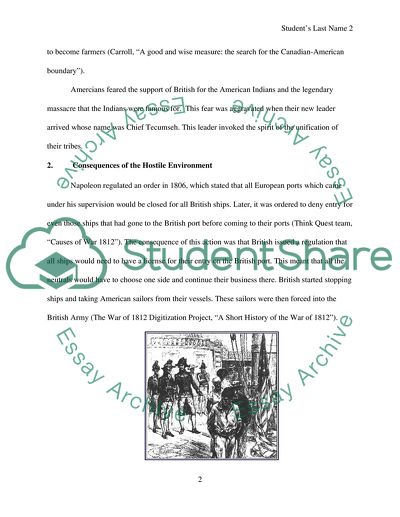Cite this document
(History of Michigan Research Paper Example | Topics and Well Written Essays - 2500 words, n.d.)
History of Michigan Research Paper Example | Topics and Well Written Essays - 2500 words. Retrieved from https://studentshare.org/history/1729074-history-of-michigan
History of Michigan Research Paper Example | Topics and Well Written Essays - 2500 words. Retrieved from https://studentshare.org/history/1729074-history-of-michigan
(History of Michigan Research Paper Example | Topics and Well Written Essays - 2500 Words)
History of Michigan Research Paper Example | Topics and Well Written Essays - 2500 Words. https://studentshare.org/history/1729074-history-of-michigan.
History of Michigan Research Paper Example | Topics and Well Written Essays - 2500 Words. https://studentshare.org/history/1729074-history-of-michigan.
“History of Michigan Research Paper Example | Topics and Well Written Essays - 2500 Words”, n.d. https://studentshare.org/history/1729074-history-of-michigan.


